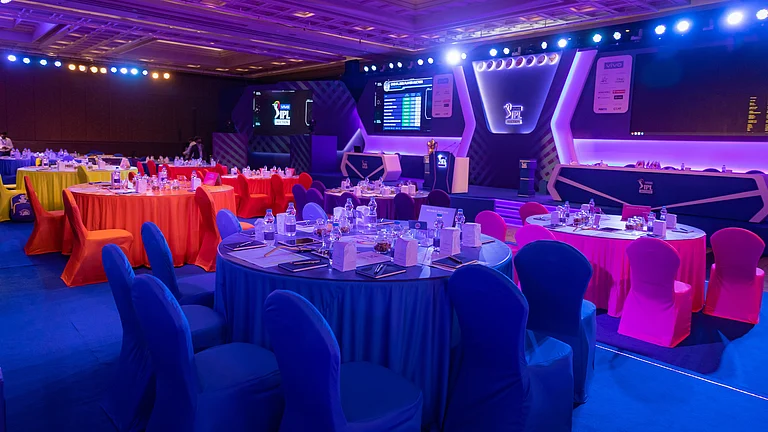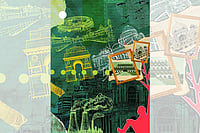The academic and intellectual achievements of Sheldon Pollock, 68, professor of South Asian Studies at Columbia University, and a pre-eminent scholar of the literatures and cultures of pre-modern India, are numerous. In his oeuvre over the past four decades, he has taken one of the world’s most ancient and difficult languages, Sanskrit, and a discipline that was practically moribund, philology (the study of texts), and put both back at the centre of the discussion about the future of the humanities in global academia.
I was a 22-year-old student of English literature at Oxford when I first heard Professor Pollock, affectionately known as ‘Shelly’, speak at a conference about the ‘Ideology and Status of Sanskrit’ at Leiden University, NL. Within an afternoon, I knew that I had found the questions that would preoccupy me for the rest of my life. I knew also that day that I had met my teacher who would help me find my way in this thrilling new world—actually the very old world—of India’s polyglot multicultural pre-modernity, which comes down to us in the largest surviving textual archive known to humanity.
Knowledge of Sanskrit, like most of the languages that Shelly’s students work on, including classical Tamil, old Kannada, Farsi of the Indo-Persian period, Pali, classical Tibetan, classical Chinese and old Javanese, can open up the past for study, analysis and critique like no other tool available to the historian. Yet the real value of philological training lies elsewhere. Philology literally means ‘the love of learning’, the passion for the word, embodying the human capacity to delight in knowledge as such. The hard labour of a philological education allows us to experience the joy of conversing across centuries with some of the most enduring expressions of human creativity and understanding.
Early on, Pollock translated large sections of Valmiki’s Ramayana. He and Robert Goldman produced the best modern translation in English of the Sanskrit epic (published by Princeton University Press and later the Clay Sanskrit Library). With his characteristic brilliance, Shelly had two insights into the Ramayana that transformed the way we read this classic. First, the hero Rama was neither just a man, nor just a god—he was inseparably both. This accounts for Rama’s ineluctable human suffering, as well as his superhuman heroism. It makes him at once vulnerable and powerful, endearing and awe-inspiring. This divine kingship of Rama has made the Ramayana a beloved text in India and beyond.
Pollock’s second insight was that the Ramayana, throughout its history as a written text, has had a strong relationship with the political imagination. Whichever historical period, linguistic milieu and narrative version it has appeared in, over two millennia, this story has always provided a way for its readers to ideologically interpret the political realities of their own time. This was as true in the royal courts of medieval India as in the Ram Janmabhoomi movement, at the very moment of the demolition of the Babri Masjid in 1992 to deafening cries of ‘Jai Shri Ram’ from the hordes of the Hindu right. Examples of Shelly’s paradigm-changing contributions can be multiplied. Suffice it to say that he has never compromised on any aspect of his endeavour—be it intellectual ambition, disciplinary rigour, political commitment, or pedagogical excellence. As a mind-bogglingly learned and erudite expert on India, as the teacher of two generations of South Asianists, and as a consistently clear voice for ethical, engaged, responsible and democratic scholarship, Sheldon Pollock has few, if any, equals in our times.
(Ananya Vajpeyi, associate fellow at CSDS, New Delhi, was a student of Prof Sheldon Pollock)























